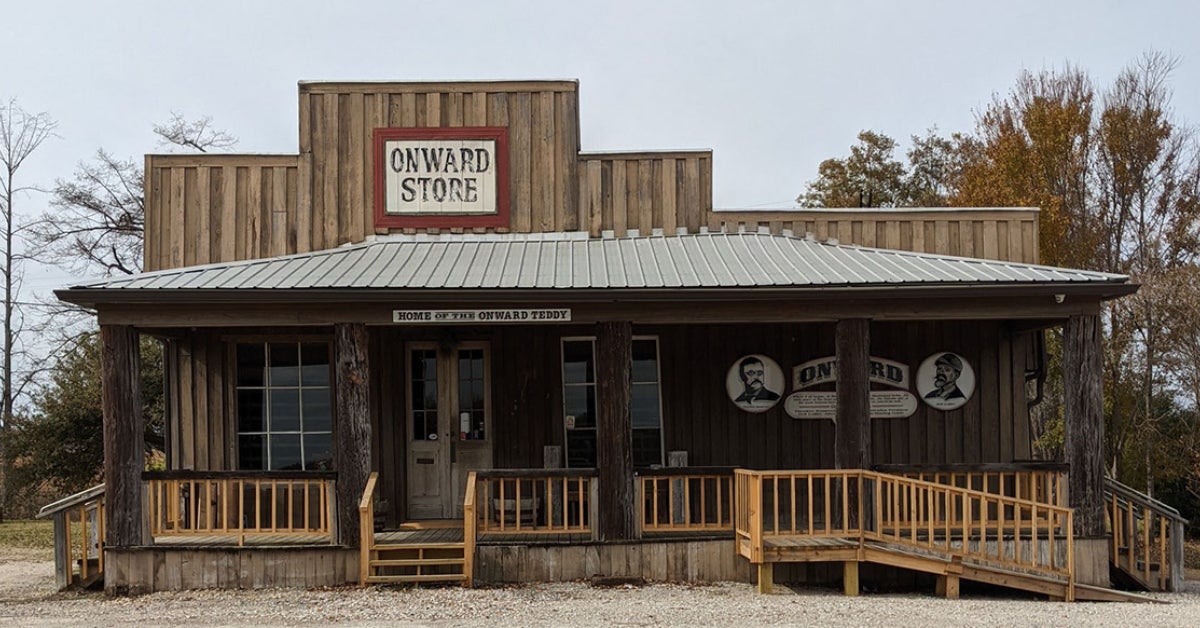Human bones unearthed at cemetery believed from old, unmarked graves
Published 12:00 am Thursday, October 28, 2004
Lee Anthony Moore sets aside some of the bones Wednesday that surfaced at Cedar Hill Cemetery.(Jon Giffin The Vicksburg Post)
[10/28/04]City cemetery crews are dealing with something this week they say isn’t that unusual, but still a little spooky unearthed human bones.
Susan Mims of Vicksburg was taking pictures of headstones for her son’s school project Tuesday at Cedar Hill when she came across something she said she never expected.
“I just happened to look down and at first I didn’t think it was anything, but then I looked a little closer and I realized it was definitely a leg bone,” Mims said Wednesday.
The bone was in fresh dirt placed over a grave from 1963 as part of routine leveling and maintenance work. Nearby, more fresh dirt on a grave from 1867 contained other, smaller bones.
“It just really scared me,” Mims said.
Lee Anthony Moore, a 15-year employee at the cemetery and supervisor there, said the bones must have been in soil being moved from elsewhere in the cemetery.
He said that it’s not that unusual in the 167-year-old municipal graveyard.
“The first time I ran across that it spooked me, but after years of being here and running across it a couple more times I got to the point where it doesn’t bother me,” Moore said. “I just put them back.”
Charles Riles, owner of Riles Funeral Home and author of a book about the cemetery, said it’s not uncommon for grave diggers to run into older remains because there are thousands of unmarked graves at Cedar Hill. He said the cemetery has mass graves from a yellow fever epidemic in the late 1800s and that in the early years burials were held without authorization and no records were kept or markers placed.
“In a lot of that cemetery, and I mean a lot, there were numerous burials from yellow fever,” Riles said.
He said that when the city was quarantined in 1878, undertakers went from house to house once a week collecting the dead and taking them to the cemetery. They were then buried in large, unmarked graves. If there were caskets at all, they were wood and have long since decomposed.
After Mims found the bones Tuesday, Moore gathered them and said he planned to find out from where that soil came so he can put the bones back in the same area.
Moore said that if he couldn’t find out where the dirt came from he would find “a quiet corner in the cemetery” to reinter the remains.
The chance of a marked grave being disturbed is remote and modern graves have burial containers of hardwood or metal, often enclosed in concrete or metal vaults.





